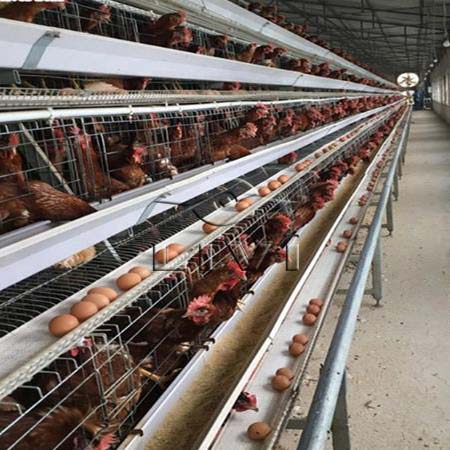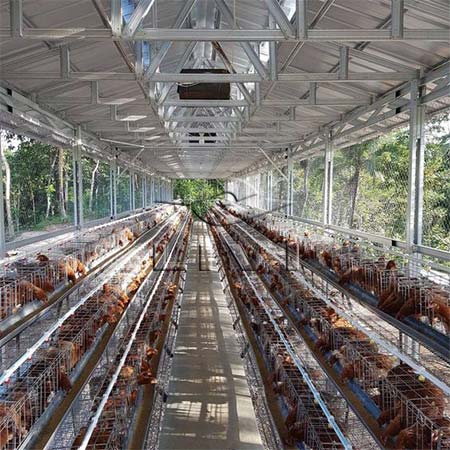Cost of Using Battery Cages for 10,000 Laying Hens
Battery chicken cages are a type of housing system used in poultry farming to confine a large number of laying hens in a small space. The purpose of battery cages is to maximize egg production by providing a controlled environment for the hens. These cages are typically made of wire mesh and are stacked in multiple tiers to accommodate a large number of birds in a relatively small area.
Initial Investment
The initial investment in battery cages for 10,000 laying hens can be significant. The cost of purchasing the cages themselves, along with the necessary installation and setup expenses, must be carefully considered. Factors such as the quality of the cages, the layout of the housing facility, and any additional equipment needed for feeding and watering the hens should all be taken into account when calculating the initial investment.
Operating Costs
Once the battery cages are in place, there are ongoing operating costs to consider. These include expenses for feed, water, electricity to maintain lighting and ventilation systems, and labor required to care for the hens. The amount of feed and water needed will depend on factors such as the breed of hens, their age, and the environmental conditions. Additionally, the cost of electricity and labor can vary based on local rates and regulations.
Maintenance and Repairs
Like any poultry cage equipment, battery cages require regular maintenance to ensure the well-being of the hens and the longevity of the system. This may include cleaning and sanitizing the cages, replacing worn-out components, and addressing any structural issues that arise. It’s important to budget for these maintenance costs as well as potential unexpected repairs that may be needed due to wear and tear or other factors.
Long-term Considerations
When evaluating the cost-effectiveness of using battery cages for 10,000 laying hens, it’s important to consider long-term factors beyond just the initial investment and operating costs. Productivity is a key consideration, as the design of battery cages is intended to maximize egg production. Additionally, the quality of the eggs produced and any potential regulatory changes related to animal welfare standards should be factored into the long-term cost analysis.
In conclusion
The cost of using battery cages for 10,000 laying hens involves not only the initial investment in the cages themselves but also ongoing operating costs, maintenance and repair expenses, and long-term considerations related to productivity and potential regulatory changes. By carefully evaluating each of these aspects, poultry farmers can make informed decisions about whether battery cages are the right choice for their operations.


